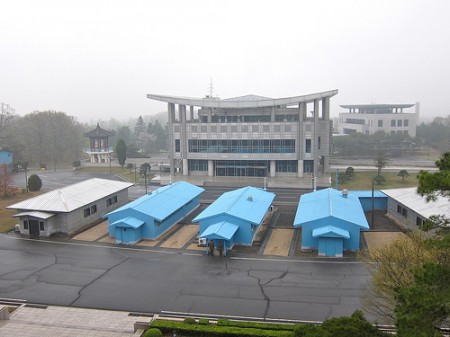
Following her election as South Korea’s first female president on December 19, 2012, Park Geun-hye identified North Korea as one of the main challenges facing her administration. Her approach to relations with the North will likely be different from her predecessors as she seeks a middle ground between Lee Myung-bak’s principled engagement and the unconditional engagement of the Sunshine Policy era. In particular, Park has spoken extensively about the need to establish a trust-based relationship with North Korea. Her success in establishing a trust-based approach will, in part, depend upon the effective management of issues relating to the Northern Limit Line (NLL), the maritime boundary between the two Koreas in the West Sea. However, Park’s diplomatic efforts are likely to be compromised by Pyongyang’s continued refusal to recognize the NLL. And while this dispute requires an urgent solution, reaching a mutually acceptable agreement over how to define the sea boundary between North and South Korea is likely to remain a challenge for the foreseeable future.
But why has this issue been so difficult to resolve? One of the main difficulties has been in how to best approach management of the NLL. Toward the end of his term in office, President Roh Moo-hyun sought to address the NLL issue when he visited North Korea as part of the second inter-Korean Summit. President Roh proposed a “West Sea Peace and Cooperation Special Zone” that would allow free access for fishing vessels from both Koreas and the development of a special economic zone in the North Korean port of Haeju. But while the proposal was identified in the Joint Agreement at the end of the summit, no concrete procedures were established and follow-up discussions failed. One of the major sticking points was Pyongyang’s insistence that waters south of the NLL fell under North Korean territory.
